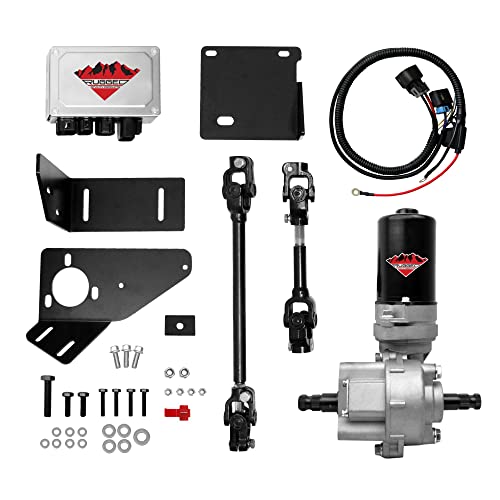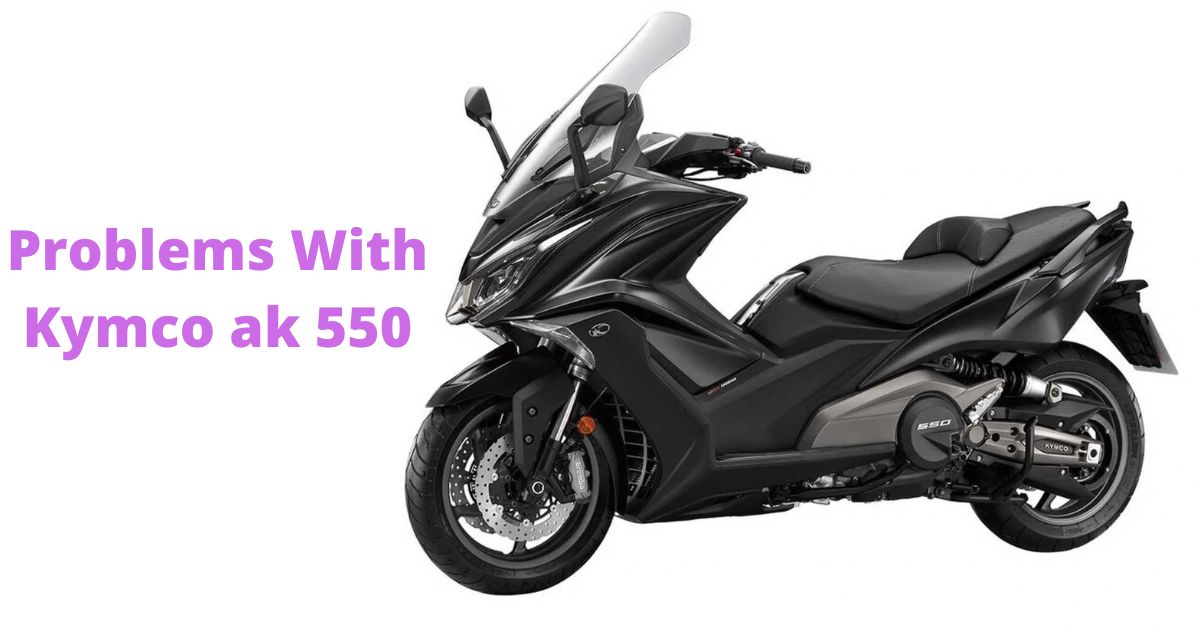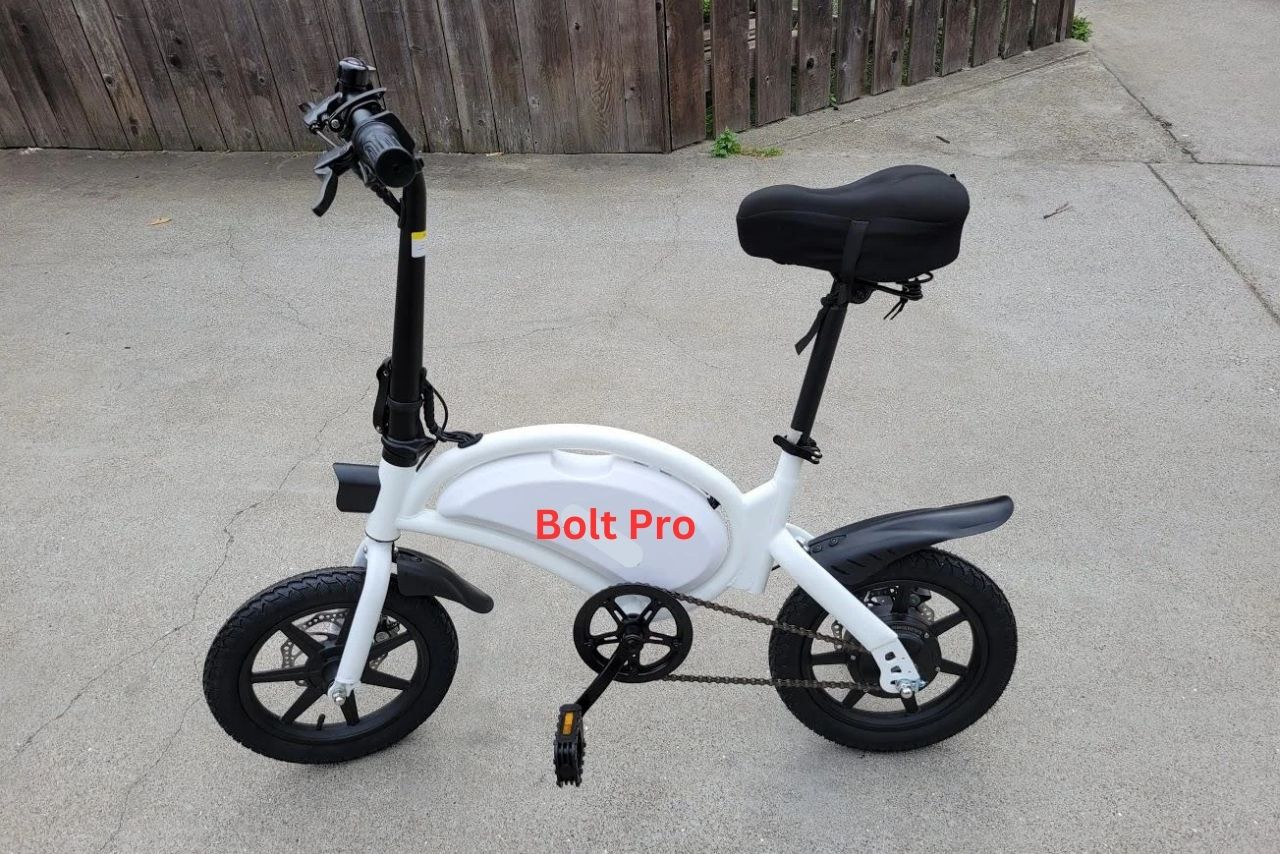Are you experiencing power steering problems with your Can-Am vehicle? You’re not alone. Power steering issues can be frustrating and can affect the overall performance of your vehicle.
In this article, we will explore the common Can Am Power Steering Problems and provide you with valuable information on how to diagnose and troubleshoot these issues.
We will also discuss possible solutions to resolve power steering problems and offer regular maintenance tips to prevent future issues.
While some problems can be resolved with simple fixes, we understand that complex power steering problems may require professional assistance.
So, if you’re looking for expert advice on how to handle power steering issues in your Can-Am vehicle, keep reading.
Key Takeaways
Most Common Can Am Power Steering Problems
1. Whine or Grinding Noise from The Power Steering Pump.
This is a common sign that the pump is failing and will need to be replaced. The noise is caused by the pump bearings wearing out and the pump shaft rubbing against the housing.
The noise may be more noticeable when the engine is cold or when the steering wheel is turned quickly.
2. Tight or Slow Steering Response.
This can be caused by low power steering fluid levels, a damaged steering pump, or a problem with the power steering belt. Low fluid levels can cause the pump to work harder, which can lead to a loss of power steering.
A damaged steering pump can also cause the steering to feel tight or slow. A problem with the power steering belt can cause the pump to not turn properly, which can also lead to a loss of power steering.
3. Leaking Power Steering Fluid.
This can be a sign of a damaged power steering pump, seal, or hose. The fluid may leak out from the pump, the seals, or the hoses.
If the fluid leaks out, it can cause the pump to overheat and fail. It can also cause the steering to feel tight or slow.
4. Loss of Power Steering.
This is a serious problem that can make it difficult or impossible to steer the vehicle. If you experience this, you should stop driving immediately and have the power steering system repaired.
Loss of power steering can be caused by a number of problems, including a low fluid level, a damaged pump, or a broken belt.
5. Dynamic Power Steering (DPS) Shaft.
In 2019, BRP issued a safety recall for certain Can-Am Outlander and Renegade models due to a potential problem with the DPS shaft.
The shaft could break, which could lead to a loss of steering control. If you own one of these recalled vehicles, you should contact your dealer to have the shaft replaced.
Causes of Power Steering Problems in Can-Am Vehicles.
The main causes of power steering problems in Can-Am vehicles include:
| Common Power Steering Symptoms | Possible Causes |
|---|---|
| Difficulty steering | Faulty power steering pump or steering gear |
| Stiff or unresponsive steering wheel | Malfunctioning power steering control module |
| Strange noises when turning | Worn-out steering gear |
| Leaks in power steering fluid | Leaking power steering hoses or seals |
Preventing Power Steering Problems in Can-Am Vehicles.
Here are some tips to help you prevent power steering problems in your Can-Am vehicle:
By following these tips, you can help to keep your Can-Am vehicle’s power steering system in good working order and prevent problems.
Understanding the Common Power Steering Issues in Can-Am Vehicles
If you’re a Can-Am vehicle owner, you might be wondering about the common power steering issues that can occasionally arise. One of the most prevalent issues is power steering fluid leakage.
This can occur due to worn-out seals or hoses, causing a decrease in the fluid level and resulting in difficulty turning the wheel.
Another common problem is an electrical malfunction in the power steering system. This can lead to sudden loss of power steering assistance, making it challenging to maneuver the vehicle.
It’s essential to address these issues promptly to avoid further damage and ensure your safety on the road.
Regularly checking the power steering fluid level and addressing any leaks, as well as getting the electrical system inspected, can help prevent these problems.
Diagnosing and Troubleshooting Power Steering Problems in Your Can-Am Vehicle
To diagnose and troubleshoot issues with your Can-Am vehicle’s power steering system, you’ll need to pay attention to unusual noises and a decrease in steering responsiveness.
Here are some key steps to help you identify and address power steering problems:
Possible Solutions for Resolving Power Steering Problems in Can-Am Vehicles
Take a moment to explore some possible solutions that can help you resolve any issues you may be experiencing with the power steering system in your Can-Am vehicle.
First, check the power steering fluid level. Low fluid levels can cause problems with the power steering system, so make sure to top it up if necessary.
Next, inspect the power steering pump for any signs of damage or leaks. A faulty pump can lead to power steering problems, so it may need to be replaced.
Additionally, consider flushing the power steering system to remove any contaminants that may be affecting its performance.
Regular Maintenance Tips
Explore these regular maintenance tips to keep your Can-Am vehicle’s power steering system running smoothly and avoid any potential issues.
One important aspect of maintaining your power steering system is regularly checking and replacing the power steering fluid.
Over time, the fluid can become contaminated or lose its effectiveness, leading to problems with your power steering.
By checking the fluid level and quality regularly, you can ensure that your power steering system is properly lubricated and functioning correctly.
Another crucial maintenance step is inspecting the power steering pump for any signs of leaks or damage. The pump is responsible for supplying the fluid to the steering system, so it’s essential to address any issues promptly.
Seeking Professional Help for Complex Power Steering Problems
If your Can-Am vehicle’s power steering system is experiencing complex issues, it may be time to seek professional help.
While regular maintenance can help prevent power steering problems, there are times when the expertise of professional power steering technicians is necessary to diagnose and fix more complex issues.
Common power steering symptoms that may indicate the need for professional assistance include difficulty steering, a stiff or unresponsive steering wheel, strange noises when turning, and leaks in the power steering fluid.
These symptoms can be caused by various issues such as a faulty power steering pump, a worn-out steering gear, or a malfunctioning power steering control module.
When you bring your Can-Am vehicle to a professional power steering technician, they have the knowledge and experience to accurately diagnose the problem and provide the necessary repairs.
They have access to specialized tools and equipment, as well as the expertise to ensure that the power steering system is properly repaired and functioning optimally.
Frequently Asked Questions
How Much Does It Cost to Repair a Power Steering Problem in A Can-Am Vehicle?
Repairing a power steering problem in a Can-Am vehicle can cost anywhere from $200 to $600, depending on the specific issue.
Common causes include leaks, faulty pumps, and damaged hoses.
Can Power Steering Problems in Can-Am Vehicles Be Dangerous?
Power steering problems in Can-Am vehicles can be dangerous due to potential risks.
Common symptoms include difficulty turning the steering wheel, erratic steering response, and loss of power assistance. It’s important to address these issues promptly for safe driving.
Are Power Steering Problems Covered Under Warranty?
Power steering problems may be covered under warranty depending on the specific terms and conditions.
It is important to review your warranty coverage to determine if power steering repairs are included. Repair costs may vary.
Can I Still Drive My Can-Am Vehicle if It Has a Power Steering Problem?
Yes, you can still drive your Can-Am vehicle if it has a power steering problem. However, driving without power steering will make it harder to steer, especially at low speeds or when parking.
How Long Does It Typically Take to Repair a Power Steering Problem in A Can-Am Vehicle?
Typically, the time it takes to repair a power steering problem in a Can-Am vehicle can vary depending on the specific issue.
Common causes of power steering problems include a faulty pump or steering rack. The cost of power steering repair can also vary depending on the extent of the damage.
Last Talk: Can Am Power Steering Problems!
It’s important to be aware of the common power steering problems that can occur in Can-Am vehicles. By understanding and diagnosing these issues, you can find the appropriate solutions and prevent further damage.
Regular maintenance is key in preventing power steering problems, but if you encounter complex issues, it’s best to seek professional help.
By taking these steps, you can ensure the proper functioning of your Can-Am vehicle’s power steering system and enjoy a smooth and safe ride.








